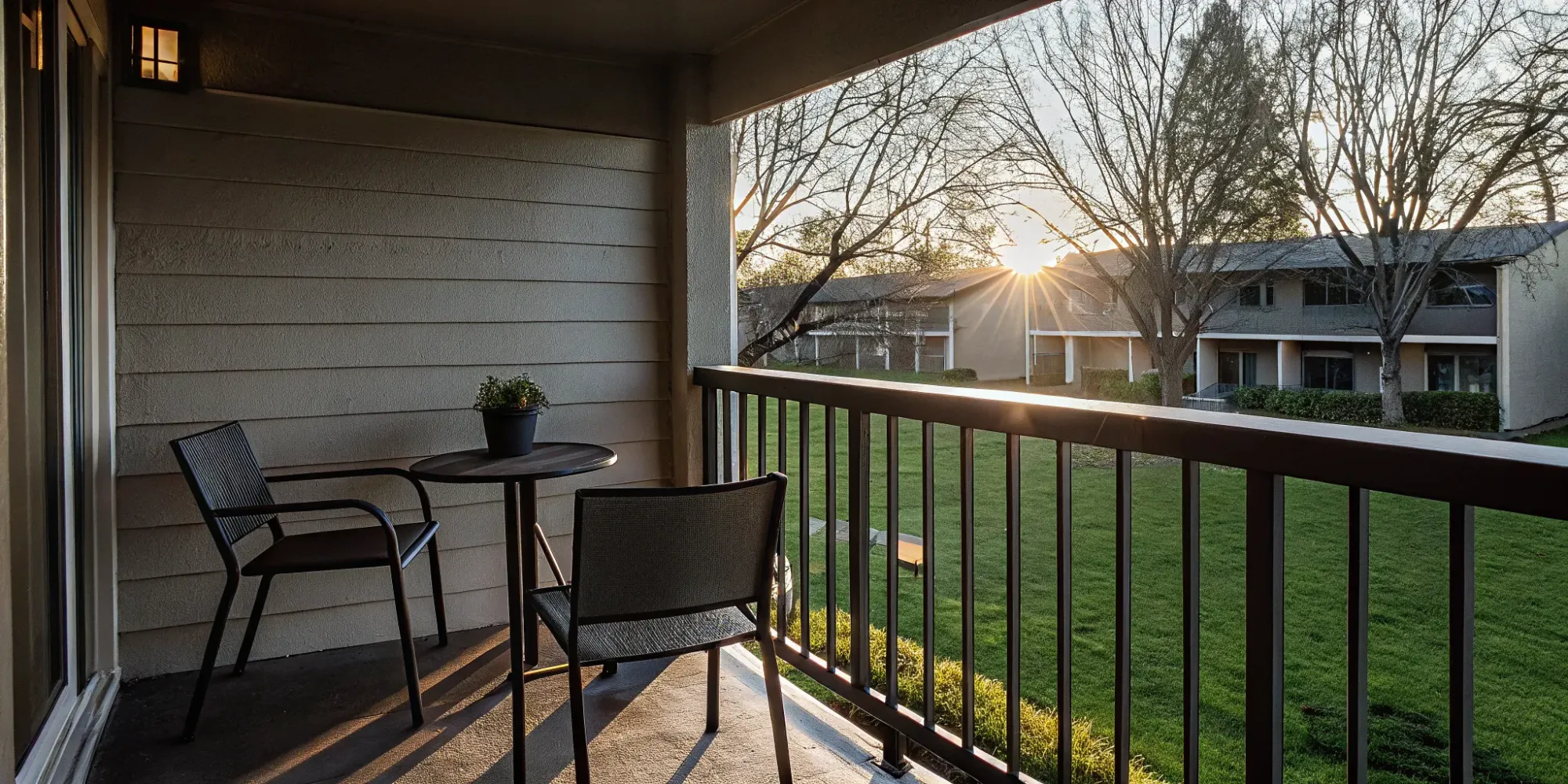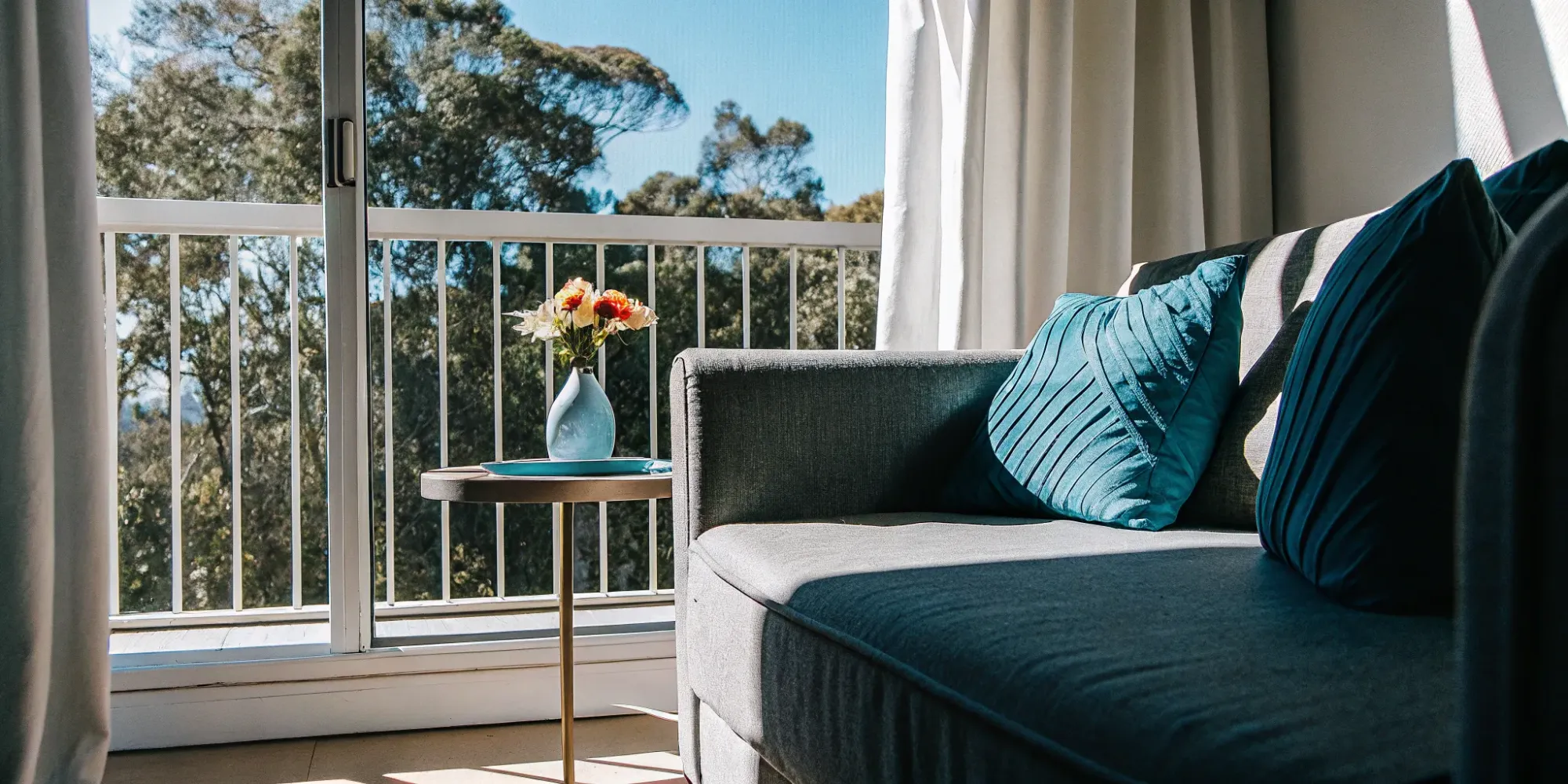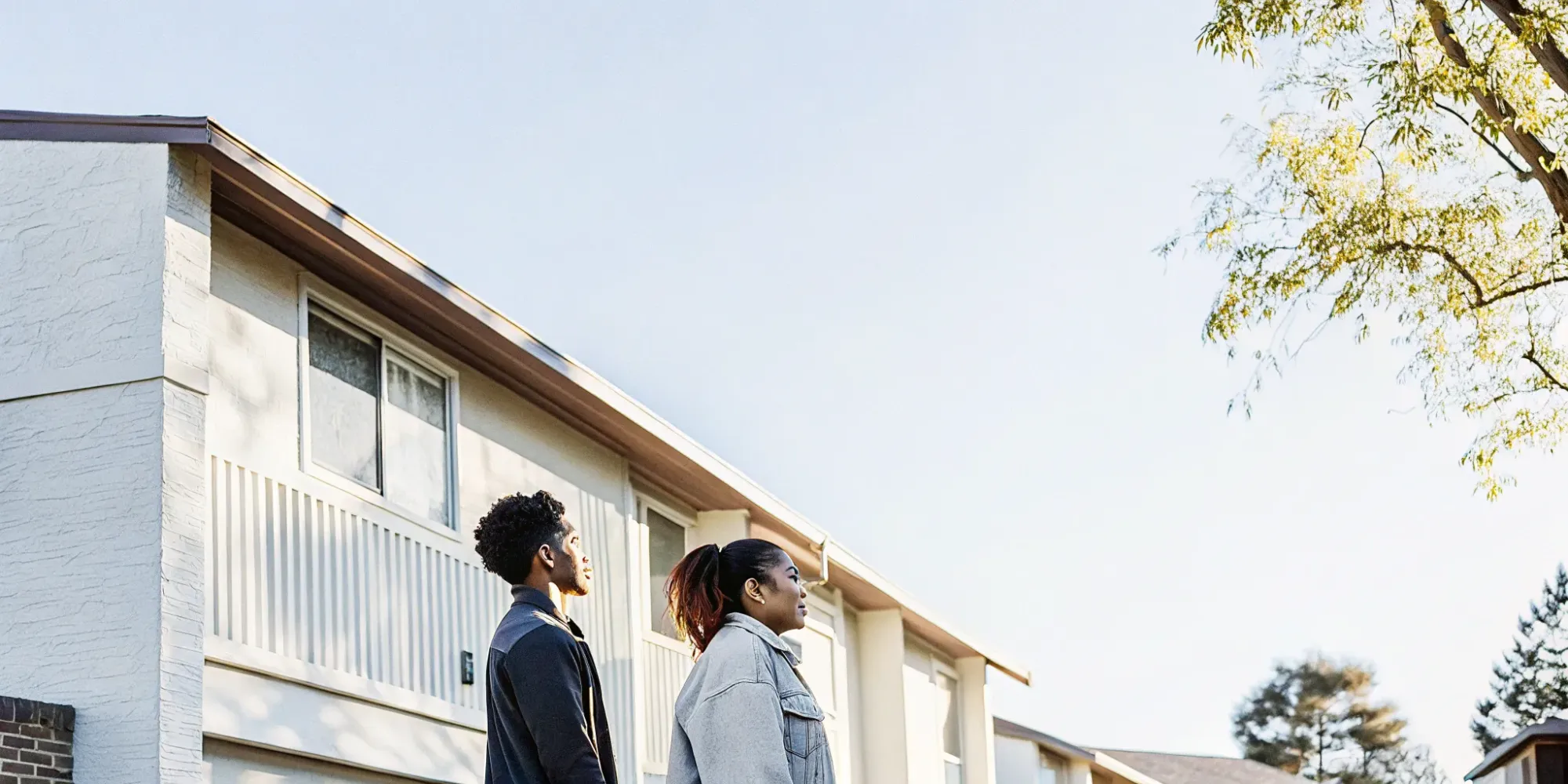How To Turn Off Water to Your Home and Appliances
27 Jan 2022 • 4 min read
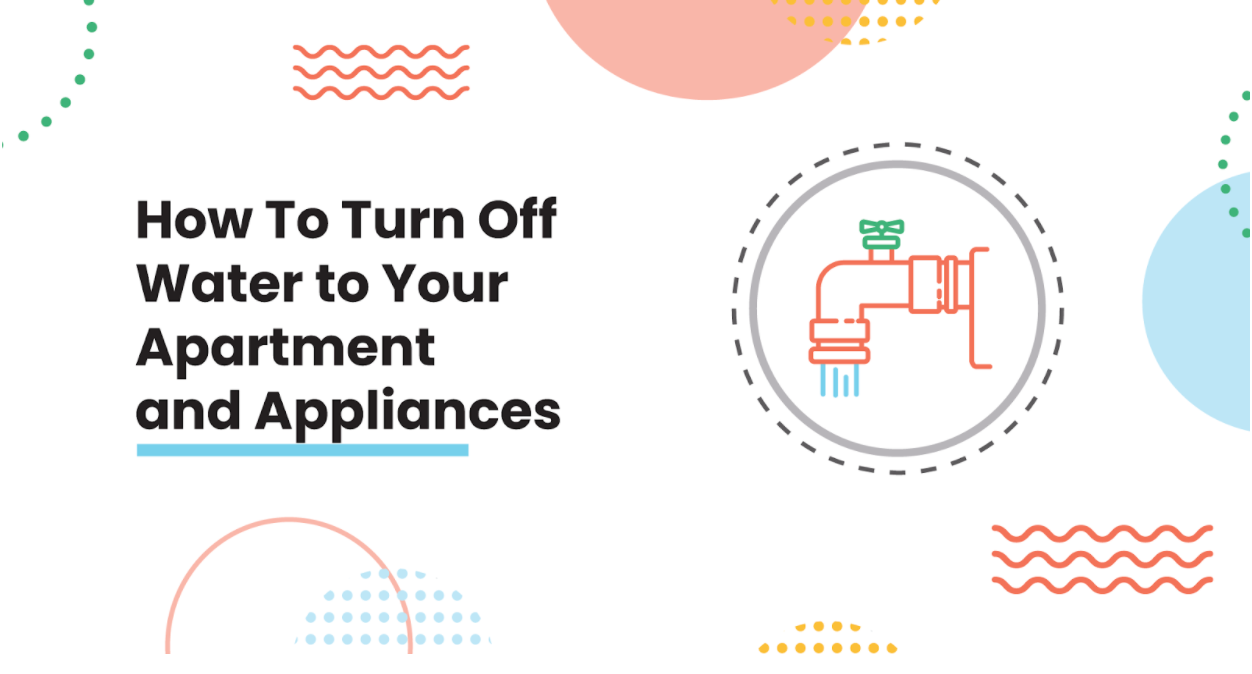
When you suddenly have water pouring down your walls or flooding your bathroom, the last thing you have time for is to go searching for your main water supply.
Even though home insurance usually covers water damage, it can still be time-consuming to fix.
Keep reading to learn how to shut off water anywhere in your home before you need it.
- How To Turn Off Water to Your Apartment and Appliances
- How To Turn Your Main Water Supply Off
- How To Turn the Water Off on Major Appliances
- Toilet
- Fridge Water Line
- Dishwasher
- Water Heater
- Sink
- Washing Machine
- Maintenance Tips To Prevent Water Damage
How To Turn Your Main Water Supply Off
You don’t usually have access to the main water supply in an apartment, so this only applies to home renters. In a house, there are several places where your main water shut off could be:
- In your basement, on the same wall as your water meter
- By your water heater
- Outside near your water meter
- In the ground near the street, under a metal water meter box
Look for either a gate valve or a ball valve.
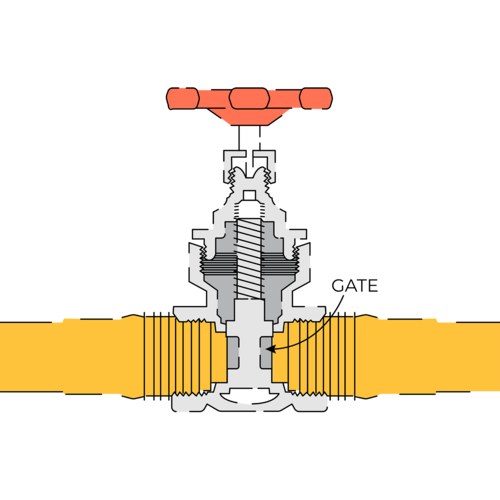
Turn the gate valve clockwise to turn off the water.
Or, turn the ball valve until it is perpendicular to the pipe.
Then, check that your water is off and drain the pipes by opening your faucets.
How To Turn the Water Off on Major Appliances
You can turn off each major appliance’s water supply individually for repairs or in the case of a malfunction.
In general, look for an oval-shaped valve behind or underneath the appliance, and turn it clockwise to shut off the water.
Toilet
A small oval valve is directly behind your toilet, close to the floor. Turn it clockwise to shut off the water.
Fridge Water Line
If you have an ice maker, turn it off using the switch, metal fill bar, or fridge interface. Then, locate your refrigerator water line in one of these places:
- Under your sink
- In a cabinet next to your fridge
- In the basement or crawl space
Look for a thin plastic or metal water line coming off a cold water pipe. Turn the valve clockwise or perpendicular to the pipe to shut off the water.
Dishwasher
Under your sink, locate a water line coming from the hot water supply pipe heading towards your dishwasher. Turn it clockwise.
Water Heater
The water valve is usually at the top of your water heater on the right-hand side. Turn the valve clockwise. The appliance will remain on unless you shut it off entirely.
Sinks
There will be two water valves underneath your bathroom or kitchen sink, one for hot and one for cold. Turn both clockwise to shut off all water to a sink.
Washing Machine
Behind your washing machine, there will be a cold and a hot water line, often with red and blue valves. Turn both these valves clockwise to shut off the water.
What To Do if a Leak Causes Water Damage
If you follow all the steps mentioned above to turn off the water supply to your home and a leaky pipe or a broken bidet causes some damage to your rented home, what do you do?
It depends on the cause of the leak that led to the damages and the terms outlined in your lease agreement.
For property damage (e.g., carpet or hardwood flooring damage) caused by a structural issue or a plumbing malfunction (like the broken bidet), the cost of repairs may fall under your landlord's insurance coverage since they’re responsible for maintaining these things.
Conversely, renters insurance should cover any damaged personal belongings and liability for damage caused to the rental property (in case you’re responsible for the bidet breaking). You should, however, review the details of your policy to understand the specifics of what it covers.
Each situation is unique, so consider contacting a real estate attorney or a tenant's rights attorney for legal advice specific to your case and local laws. You can also contact your and your landlord’s insurance provider to better understand what each covers.
Lastly, don’t forget to document all the damage that resulted from the incident to substantiate any claims.
Maintenance Tips To Prevent Water Damage
It may not always be obvious when you have a water leak, and if your landlord isn’t doing regular inspections, it may be a good idea to set up scheduled maintenance reviews with your landlord every six months to check for damage.
For those scenarios that you can’t predict, Goodcover’s rental coverage can help give you peace of mind at an affordable price; plans start at $5/month.
Get your free Goodcover quote now.
Note: This post is meant for informational purposes, insurance regulation and coverage specifics vary by location and person. Check your policy for exact coverage information.
For additional questions, reach out to us – we’re happy to help.
More stories
Dan Di Spaltro • 7 Jul 2025 • 14 min read
TN Renters Insurance: Cost, Coverage & Top Providers
Dan Di Spaltro • 4 Jul 2025 • 16 min read
Renters Insurance in Sacramento: A Complete Guide
Dan Di Spaltro • 3 Jul 2025 • 12 min read
Renters Insurance in Louisiana: A Complete Guide
Dan Di Spaltro • 2 Jul 2025 • 16 min read
Affordable Renters Insurance in Sacramento, CA
Dan Di Spaltro • 1 Jul 2025 • 14 min read

